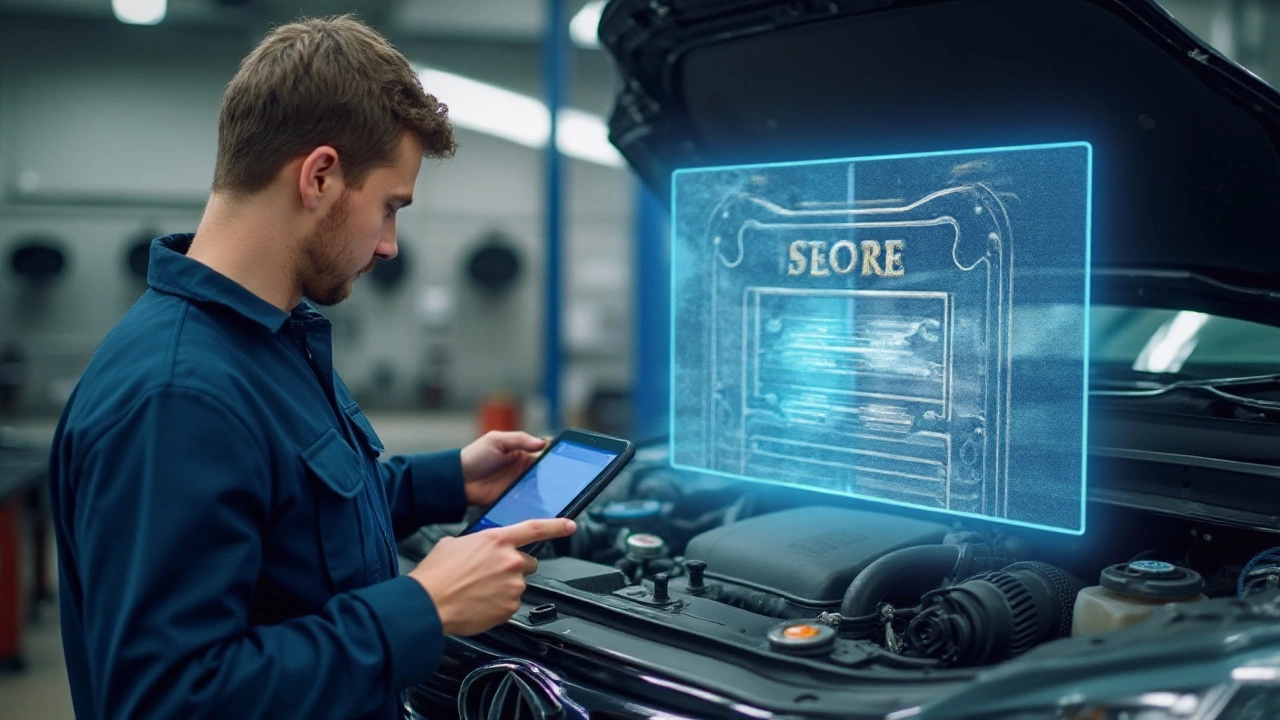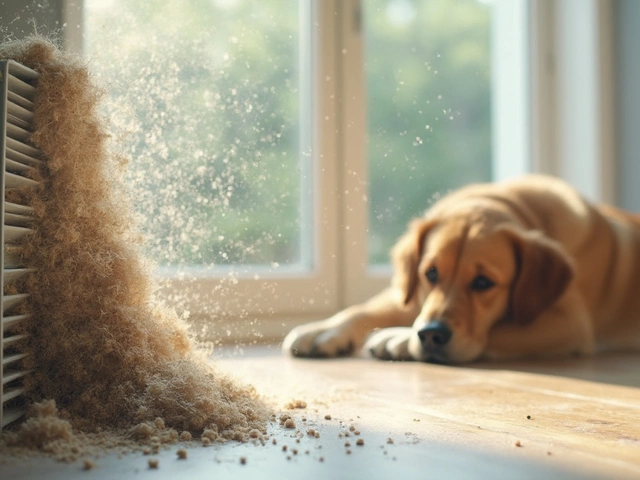Vehicle Cooling Guides: Keep Your Car Running Cool
When your engine gets too hot, everything else suffers. A healthy cooling system stops the radiator from boiling over, protects the head gasket, and keeps fuel efficiency up. Below you’ll find the basics you need to know, plus quick actions you can take right now.
Common Signs Your Cooling System Needs Attention
First, watch the temperature gauge. If it creeps toward the red zone after just a few minutes, that’s a red flag. You might also notice steam billowing from under the hood or a sweet smell – that’s coolant leaking. Look for puddles of bright green or orange fluid in the garage; even a tiny leak can cause overheating fast.
Other clues include a rattling fan, a radiator that takes forever to heat up in winter, or a loss of power when you’re climbing hills. If the heater blows cold air, it could mean low coolant levels. These symptoms don’t need a mechanic right away—most can be checked at home.
Simple Steps to Maintain Your Cooling System
Start with the coolant. Check the reservoir when the engine is cold; the level should sit between the "min" and "max" marks. If it’s low, top it up with the right mix of water and antifreeze (usually 50/50). Don’t just add water; it reduces the boiling point and can cause rust.
Next, flush the radiator every 60,000 miles or every 5 years, whichever comes first. A flush removes rust, scale, and old coolant that can block flow. You can buy a radiator flush kit at Northwich Tyres Centre and follow the step‑by‑step guide we have on site.
Inspect the radiator caps and hoses. A worn cap can’t hold pressure, leading to premature boiling. Look for cracks, bulges, or soft spots in hoses—those are signs they need replacing. Swapping out a bad hose is cheap and stops leaks before they spread.
Don’t forget the thermostat. It regulates when coolant flows through the engine. If it sticks open, the engine never reaches optimal temperature, hurting fuel economy. If it sticks closed, the engine overheats fast. A simple click test (listen for a click as the engine warms) can tell you if it’s working.
The electric cooling fan also plays a big role, especially in stop‑and‑go traffic. Make sure the fan turns on when the temperature gauge rises. If it whirs constantly, the fan relay may be bad; if it never kicks in, the temperature sensor could be at fault.
Finally, keep an eye on the radiator itself. Our article "How Many Miles Do Car Radiators Last?" explains why mileage, driving style, and coolant quality affect lifespan. Typical radiators last 100,000‑150,000 miles, but corrosion or blocked passages can cut that in half.
By checking these items regularly, you’ll catch problems early, save money, and avoid being stranded. Need parts or a quick coolant top‑up? Drop by Northwich Tyres Centre – we have the right fluids, caps, hoses, and expert advice to keep your cooling system in top shape.
 15 December 2024
15 December 2024
Should You Upgrade to New Car Radiators?
Upgrading your car's radiator can significantly impact cooling efficiency and engine performance. It's essential to understand when a new radiator is necessary and what advantages it brings. This article explores the worthiness of investing in new radiators, examining signs of wear, potential benefits, and factors to consider before making a decision. By weighing long-term benefits against upfront costs, car owners can make informed choices about radiator upgrades.
Latest Posts
-

Can You Drive With Bad Suspension? Risks, Signs, and What Happens Next
-

Windshield Wipers vs Windscreen Wipers: What's the Real Difference?
-

Clutch Replacement Cost: What to Expect and How to Save Money
-

Will My AC Work Better If I Change the Filter? The Real Impact of Air Filters
-

Signs of a Bad Clutch: What to Watch For

0